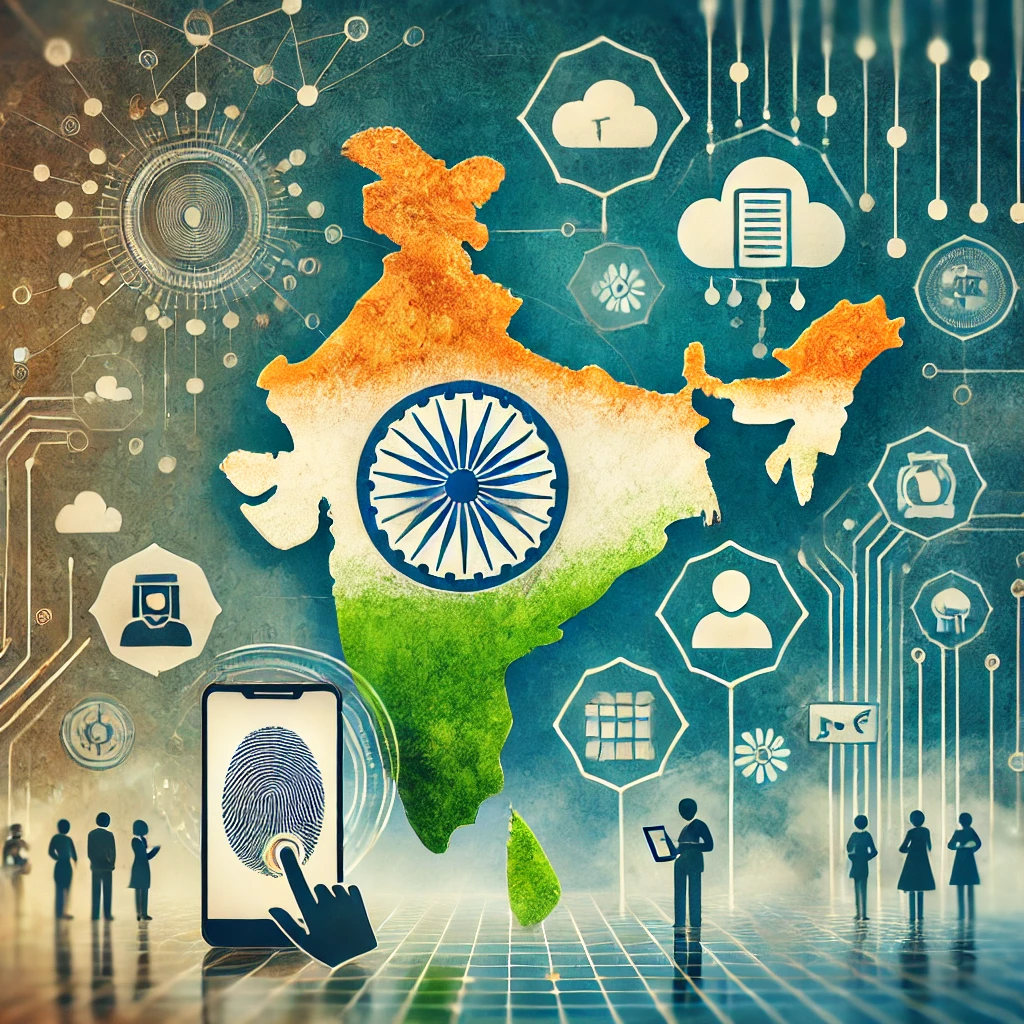How to Make E-Governance Effective in India?

E-governance, or electronic governance, is the use of digital tools and technologies to improve the delivery of government services, enhance transparency, and ensure citizen participation. In a country like India, with its vast population and diverse socio-economic challenges, effective e-governance can transform governance models and bridge the gap between the government and citizens. However, ensuring its effectiveness requires a strategic, inclusive, and scalable approach.
Key Strategies for Effective E-Governance in India
- Robust Digital Infrastructure
- Challenges: Limited internet penetration in rural areas, inconsistent network connectivity, and affordability.
- Solution: Investments in 5G networks, rural broadband initiatives, and digital literacy programs can enable widespread access to e-governance platforms.
- User-Centric Design and Accessibility
- Challenges: Platforms are often not user-friendly or tailored for diverse populations, including non-English speakers and individuals with disabilities.
- Solution: Develop multilingual, mobile-friendly platforms with intuitive designs. Leverage tools like voice commands and AI-based virtual assistants for inclusivity.
- Data Security and Privacy
- Challenges: Concerns over data misuse, cyberattacks, and lack of robust data protection regulations.
- Solution: Strengthen cybersecurity frameworks, enforce data protection laws, and adopt global best practices in data encryption.
- Capacity Building
- Challenges: Government officials often lack training to effectively use digital tools.
- Solution: Provide continuous skill development programs for government employees to foster a tech-savvy governance workforce.
- Seamless Integration of Services
- Challenges: Fragmented e-governance systems lead to inefficiencies.
- Solution: Create interoperable platforms that integrate services across departments, ensuring a one-stop solution for citizens.
- Encouraging Citizen Participation
- Challenges: Low awareness about e-governance services and digital divide among citizens.
- Solution: Conduct awareness campaigns, incentivize the use of e-governance platforms, and engage citizens through feedback systems.
- Adoption of Emerging Technologies
- Challenges: Resistance to change and lack of expertise in advanced technologies.
- Solution: Leverage AI, blockchain, and IoT to enhance transparency, efficiency, and accountability in governance.
- Monitoring and Evaluation
- Challenges: Lack of metrics to measure the impact of e-governance initiatives.
- Solution: Establish performance indicators, conduct regular audits, and gather user feedback for iterative improvements.
Successful Examples of E-Governance in India
- Aadhaar: The world’s largest biometric system, facilitating identification and delivery of subsidies.
- DigiLocker: A secure cloud-based platform for document storage and sharing.
- UMANG App: A unified mobile application for multiple government services.
Conclusion
For India to realize the full potential of e-governance, a multi-faceted approach that addresses infrastructure, accessibility, security, and citizen engagement is essential. With the right policies and initiatives, e-governance can drive inclusive growth, reduce corruption, and improve service delivery, making India a global leader in digital governance.






Responses